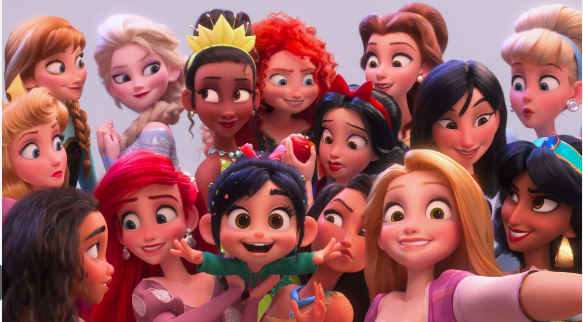Across the country, there has been a trend of legislation revolving around LGBTQ+ people, particularly trans people. In only a few short years, America has gone from viewing being queer as taboo to it being significantly more accepted by the wider public. Despite more young people than ever identifying as LGBTQ, they still only make up around 20% of Gen Z.
So why should their struggles and ambitions matter to the American public? First, let us lay some groundwork.
Putting all of the arguments surrounding the morality of being trans aside, it is verifiably wrong to say trans people don’t exist. Every respectable psychological organization both confirms and affirms the existence of trans people and disagrees with the gender binary.
Thus far, there is no evidence to suggest that gender dysphoria can be instilled in people (see Rapid Onset Gender Dysphoria), nor that it comes from autogynephilia, a sense of arousal from a man imagining himself as a woman. The studies that are used to support these claims often have shoddy methodology, not adequately proving their claims. Now that the basics of the topic are settled, let’s move on.
According to a 2018 Human Rights Campaign report, only 24% of queer youth can identify as queer within their own home. Trans youth are more likely to be mocked for their identity by family than queer cisgender youth. In schools, 27% of LGBTQ youth can be out at school. On top of that, 73% of LGBTQ youth have been the victim of verbal threats due to their actual or perceived identity. And here lies the crux of the problem: cisgender and heterosexual (cishet for short) people are just as vulnerable to homophobia as queer people are. A lot of abuse hurled towards queer people can easily be redirected towards cishet people who aren’t the ‘right’ type of man/woman.
So what is the ‘right’ type of man or woman anyway? Boys wear blue, men wear rugged jackets. Girls wear pink, and women wear dresses and high heels: right? In reality, what was considered a masculine or feminine trait has been incredibly fluid throughout time. Pink was considered a boy’s color in some regions of America, and high heels were worn by men in European aristocracy. Even something as “scandalous” as drag wasn’t all that rare among the military either.
Alongside the storied history of what was for men vs what was for women flip-flopping throughout the centuries, our current definitions of gender may not be as solid as they seem.
Let us try this through an experiment together: What is a woman? Is it when someone has two X chromosomes? What about the women who have Swyer’s Syndrome? They may be ostensibly female, but have XY chromosomes. However, they don’t have functioning ovaries. So a woman must be someone capable of birth, right? That then excludes women who are infertile, or any woman who has gone under some sort of gynecological surgery. This can apply to any other identifier society uses for womanhood.
Not everyone we as a society call a man or woman fit absolutist definitions of either. So why do so many insist on enforcing them anyway?





